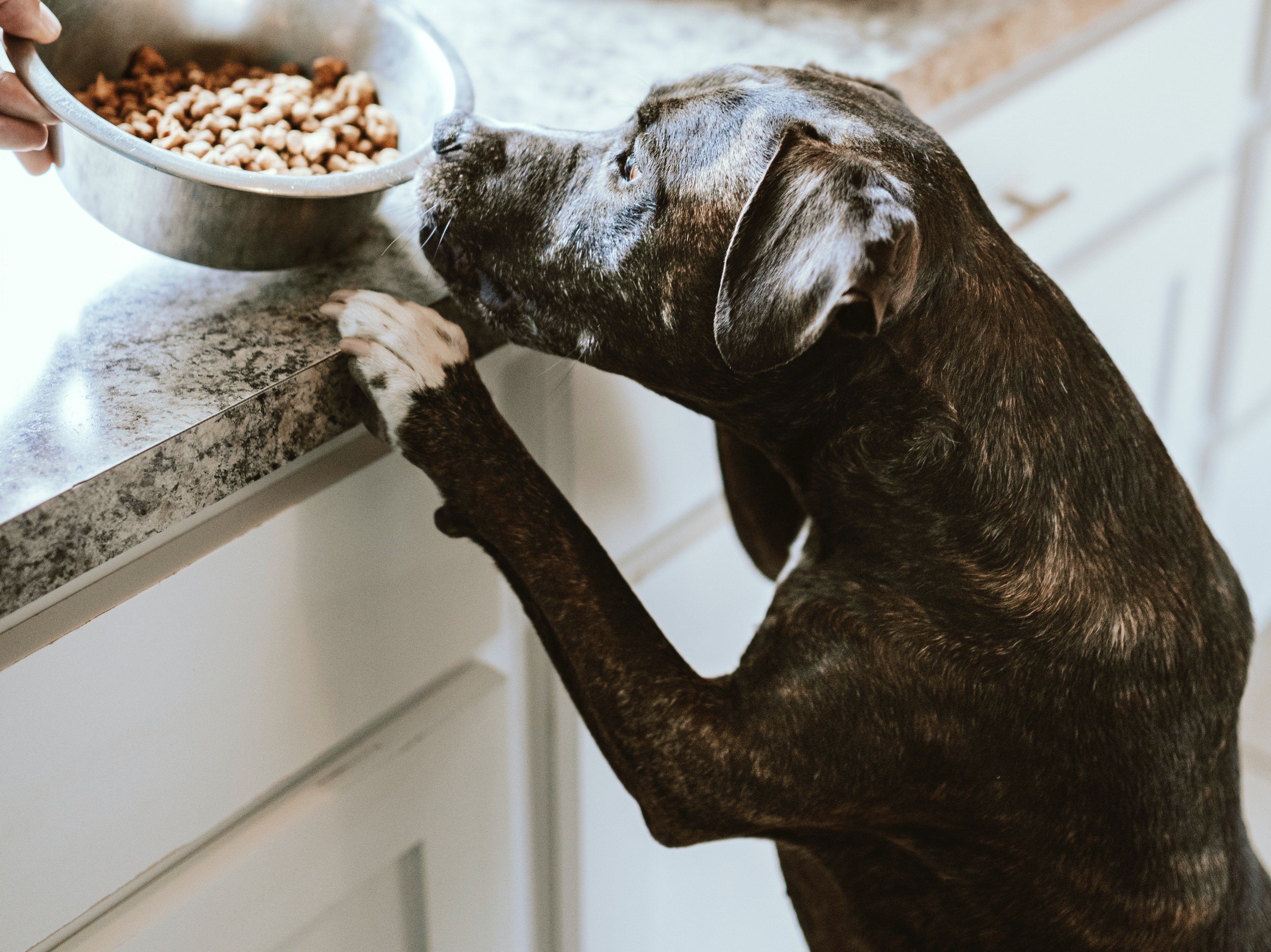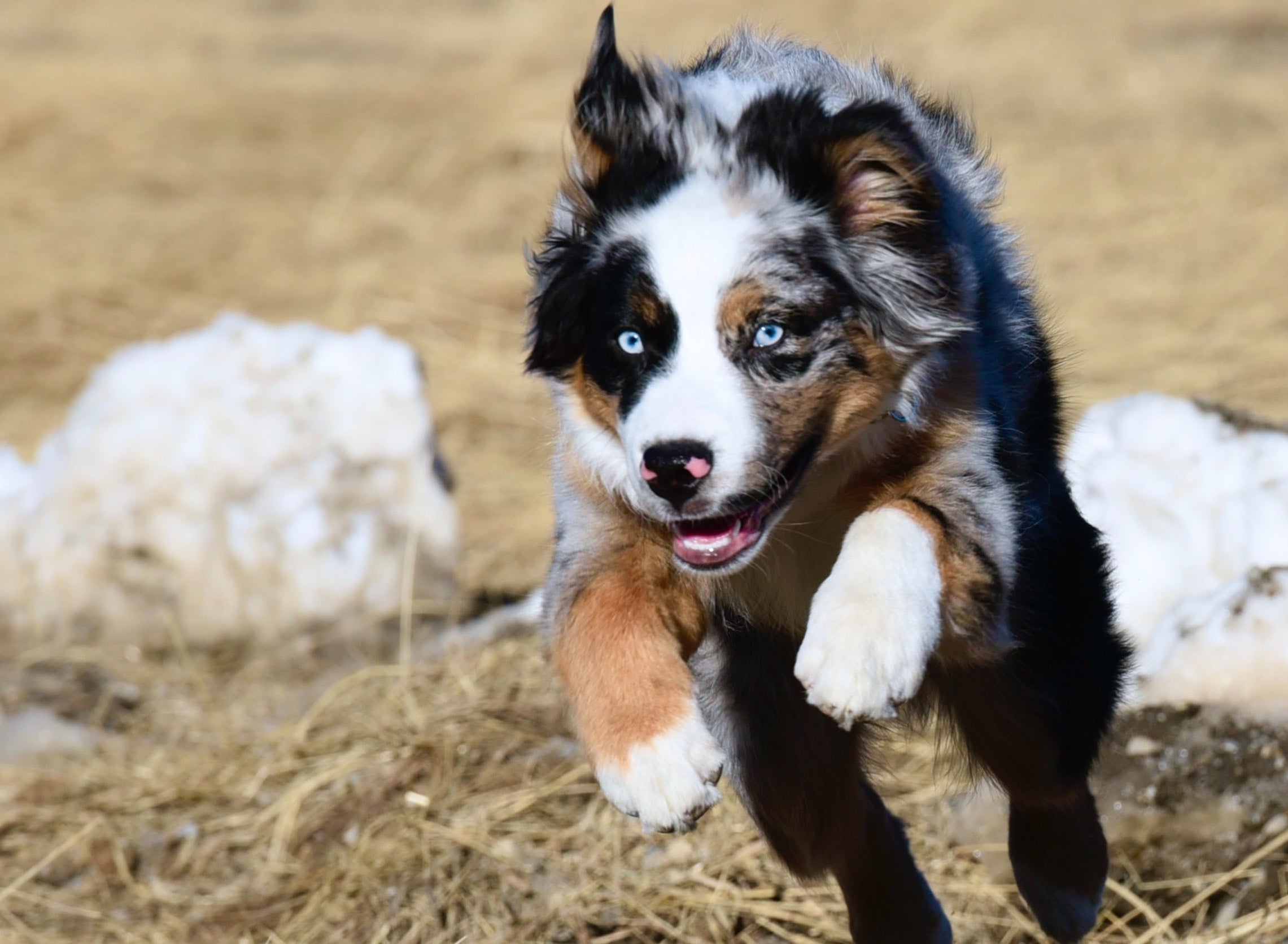Differentiate a food allergy from a food intolerance can sometimes be tricky. Here are the main differences between the two.
What is a pet food allergy?
The immune system is involved when we talk about allergies. For instance, your dog's immune system can negatively respond to some ingredients and release histamine, which will make your dog itch.
Food allergies often trigger skin-related issues in dogs: inflammation, itching, hair loss... They sometimes also develop recurring ear infections.
However, itchy skin doesn't always come from a food allergy. True food allergies are very rare and only represent 1% of all skin conditions in dogs.
If you suspect that your dog is allergic to certain foods, your vet will be able to advise in regards to allergy testing.
What is a pet food intolerance?
As opposed to an allergy, a food intolerance doesn't involve the immune system. A food intolerance means that your dog doesn't digest this food very well.
A food intolerance can manifest itself with the same symptoms as a food allergy, making it hard to differentiate.
One way to find out if your dog is sensitive to some foods is to eliminate these foods from their diets for a few weeks. If symptoms disappear but reappear when you reintroduce the food, then they are most likely caused by intolerances.
The main ingredients responsible for food intolerances are grains (other than rice), beef, pork, soya and dairy.
How to feed your dog?
Once you've established with the help of your vet that your dog suffers from a food intolerance or allergy, the obvious thing to do is to avoid feeding them the triggering foods:
- Avoid the ingredient by reading the dog food labels
- Prefer hypoallergenic foods that don't contain any common allergens
- Stick to the same protein source and more generally the same foods.
- Choose grain-free recipes in case of intolerance to grains.




Leave a comment
This site is protected by hCaptcha and the hCaptcha Privacy Policy and Terms of Service apply.